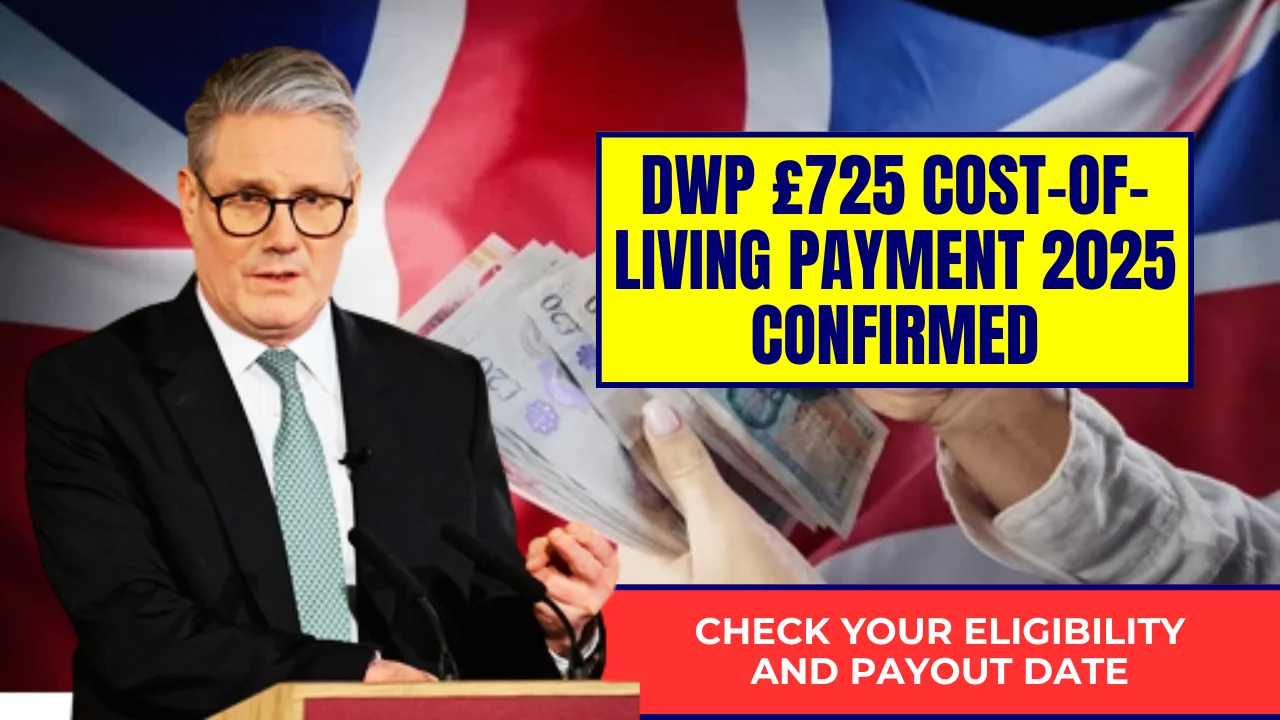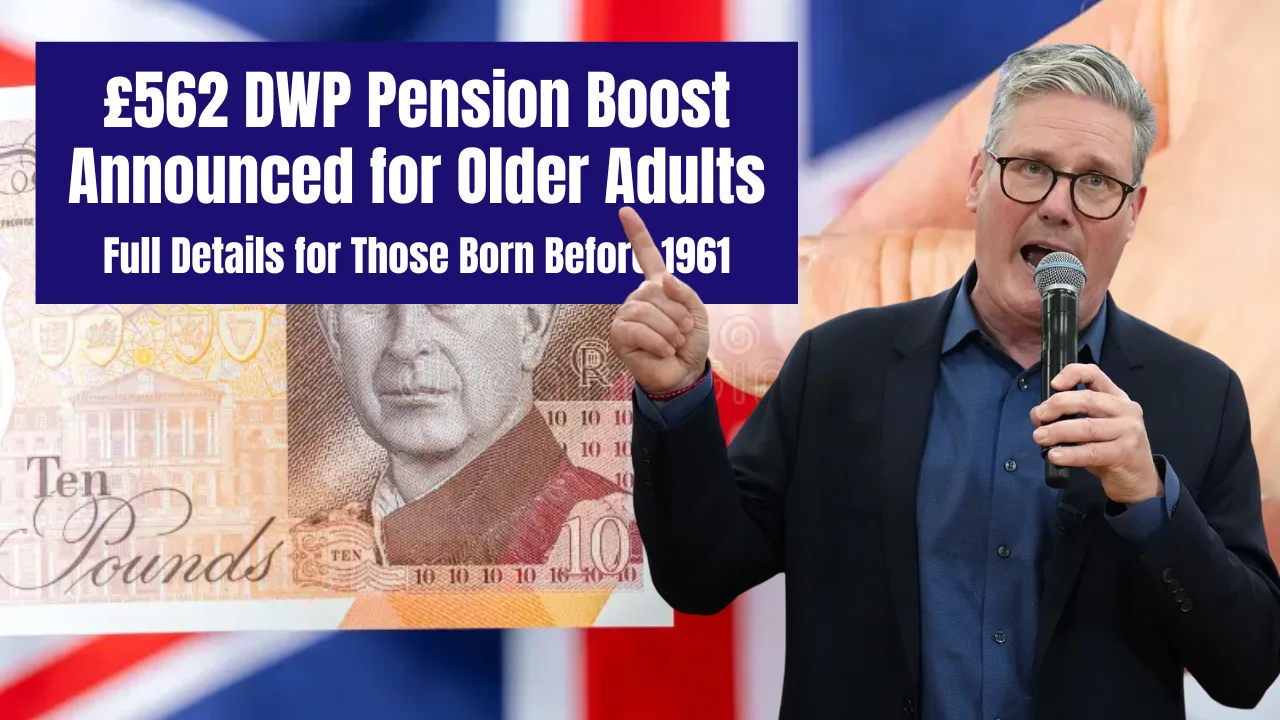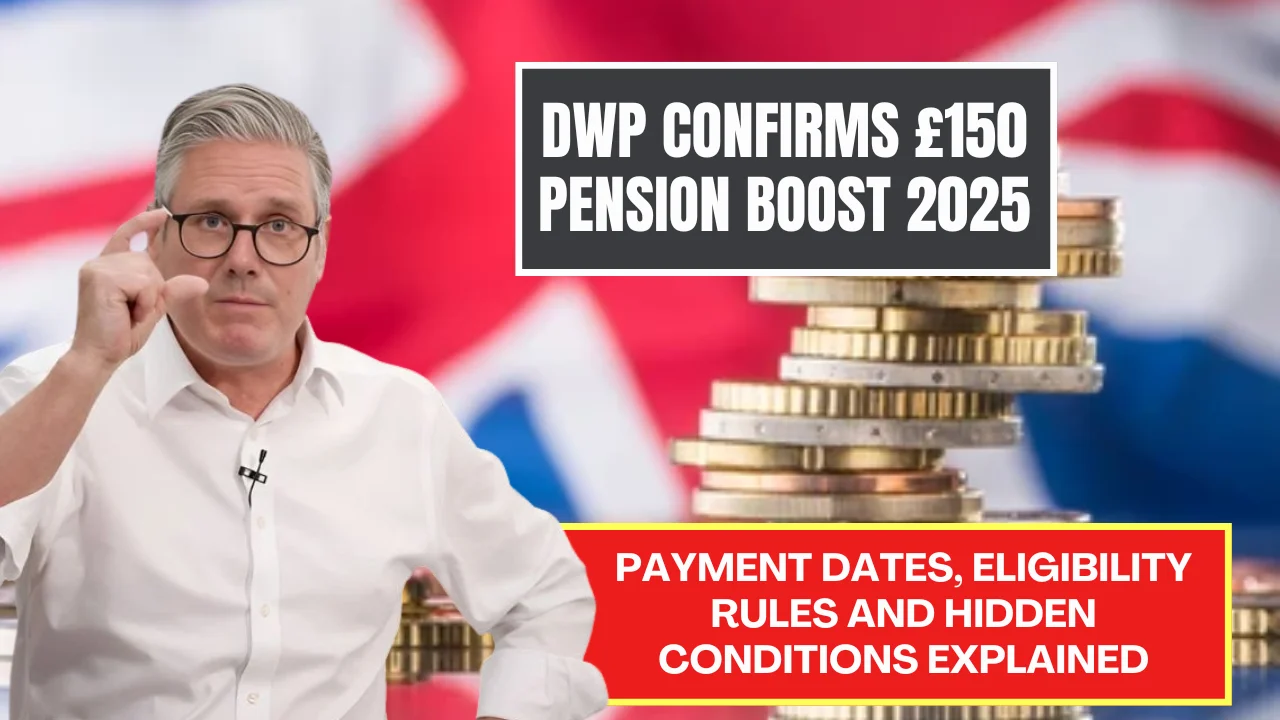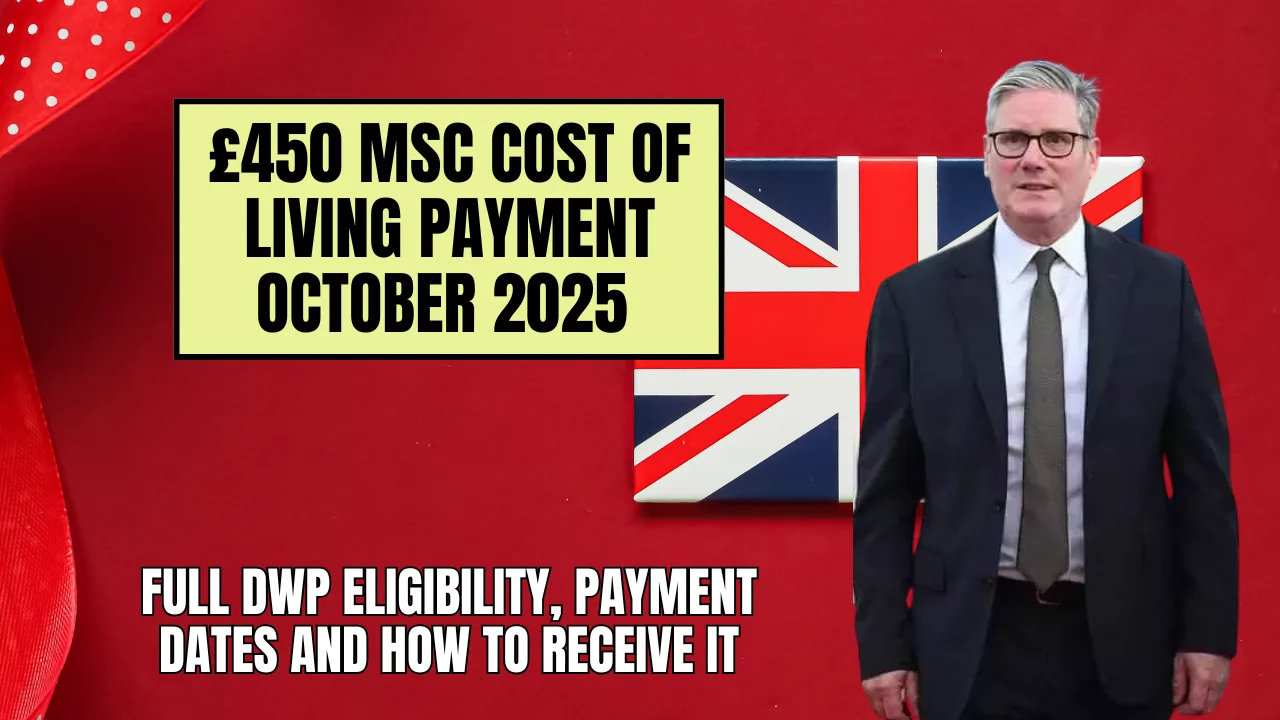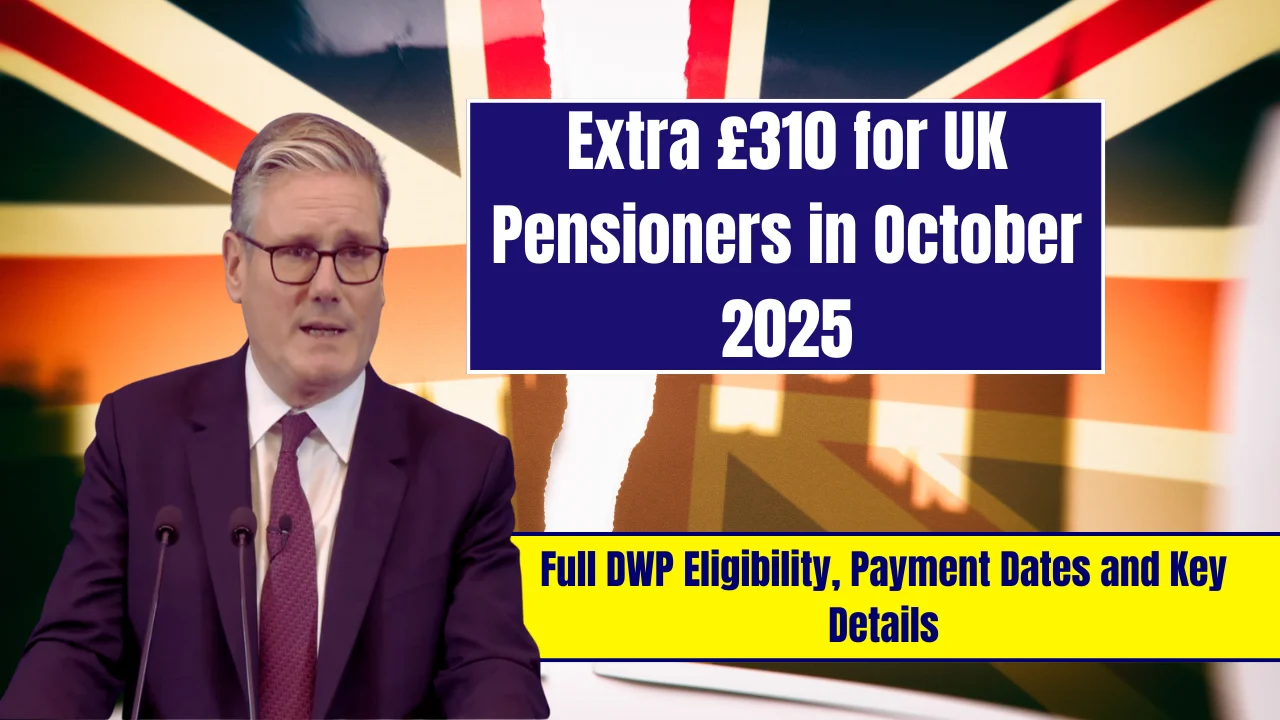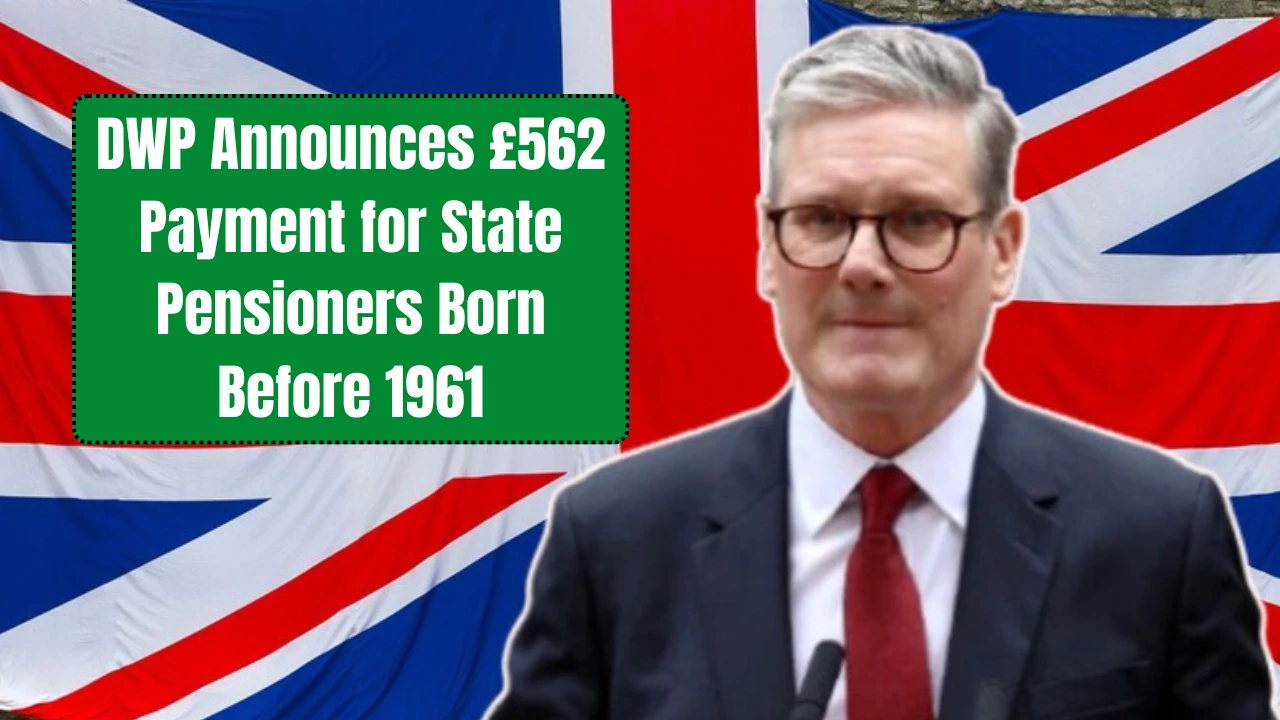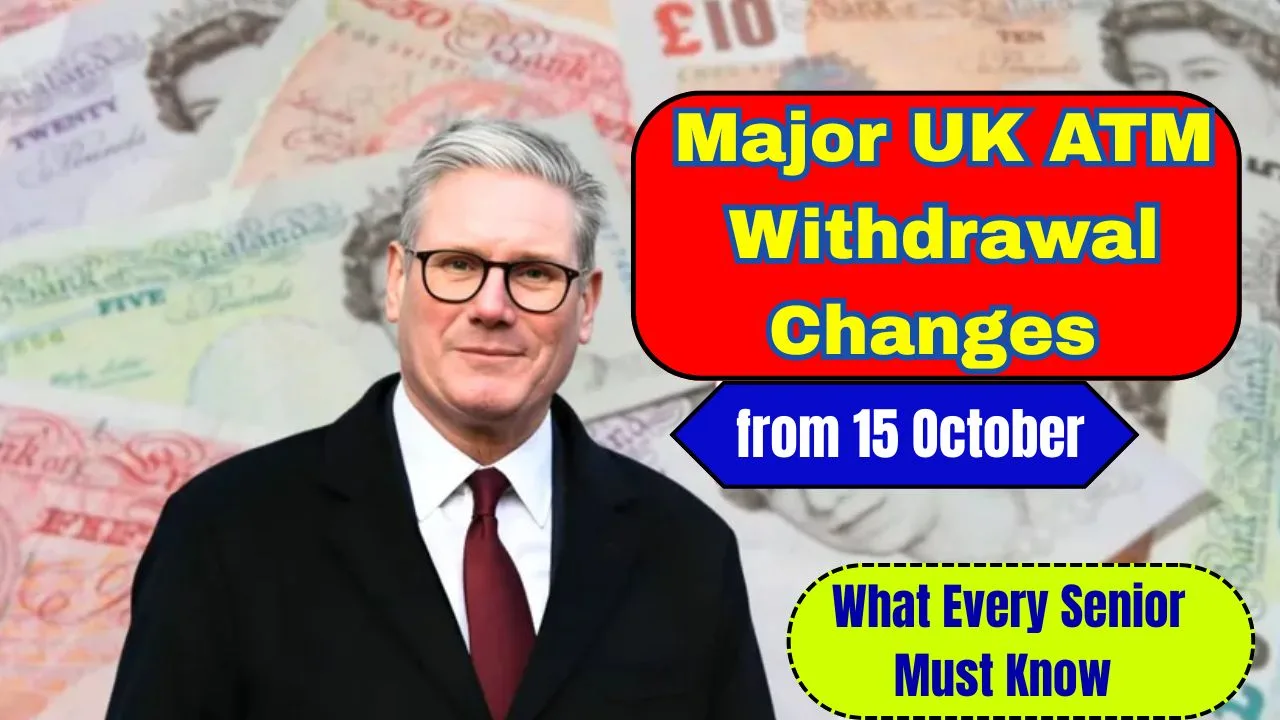DWP £725 Cost-of-Living Payment 2025 : The £725 Cost-of-Living Payment is making headlines again in 2025, and for good reason. With inflation still biting and everyday costs putting pressure on households across the United Kingdom, many people are turning to government help for some breathing room. This latest reform offers a much-needed change, especially for those relying on Universal Credit to get by.
If you are wondering how the £725 Cost-of-Living Payment works, who qualifies for it, or when the money will show up in your account, this guide covers it all. Unlike previous one-off grants, this new support is more than a quick fix. It is part of a bigger plan to provide stable monthly income to struggling individuals and families.
DWP £725 Cost-of-Living Payment 2025
The £725 Cost-of-Living Payment is not a bonus that drops into your bank once and disappears. Instead, it is a yearly uplift that will be split across your monthly Universal Credit payments, offering more consistent support throughout the year. That means instead of waiting for unpredictable government handouts, recipients will see a reliable increase of around £60 per month added to their usual benefits. The change is expected to roll out gradually from 2026, but it has already been confirmed by the Department for Work and Pensions. This is not just another emergency scheme. It is a long-term policy shift aiming to make life more manageable for those facing ongoing financial hardship.
£725 Cost-of-Living Payment Overview Table
| Feature | Details |
| Payment Type | Permanent increase to Universal Credit |
| Annual Amount | Approximately £725 per year |
| Monthly Increase | Around £60 per month |
| Application Process | No application required, added automatically |
| Eligibility | Universal Credit recipients meeting income and residency requirements |
| Target Group | Mainly single adults aged 25 or older, and low-income families |
| Rollout Timeline | Begins gradually from 2026 |
| Purpose | Provide stable monthly support, not just crisis aid |
| Administered By | Department for Work and Pensions |
| Linked Policy | Part of the broader 2025 Welfare Reform Bill |
A Shift from Temporary Grants to Permanent Uplift
From 2022 to 2024, the government provided one-off Cost-of-Living Payments to help households cope with rising bills. These payments, while helpful, were unpredictable and often did not go far enough. The new £725 Cost-of-Living Payment is a complete change in approach. Instead of offering temporary fixes, the government is building this uplift into Universal Credit itself. That means those who qualify will receive more money each month without needing to apply or wait for special payment windows. It is a structural change designed to offer long-term financial stability.
This move is also a response to criticism that past schemes were not sustainable. With this new model, support becomes part of your regular benefit payment, making it easier to plan and budget.
Who Qualifies for the £725 Cost-of-Living Payment?
The biggest question people have is whether they qualify for the £725 Cost-of-Living Payment. If you are currently receiving Universal Credit, you are already on the right track. However, there are a few extra boxes to tick.
To be eligible, your household income must fall below a certain threshold after deductions. You must also meet specific residency rules as outlined in the upcoming Welfare Reform Bill. The payment is primarily aimed at single adults aged 25 or older and families for whom Universal Credit forms the main part of their income. There is no need to apply separately. The DWP will automatically add the increase to your existing benefit payments once the policy goes live.
How the £725 Increase Will Be Paid
Many people are used to one-time payments from the government and may expect £725 to land in their account all at once. That is not how this works. Instead, the increase is split into monthly payments and added to your regular Universal Credit. Think of it as a monthly top-up of around £60.
This setup helps families rely on a stable monthly budget rather than hoping for occasional boosts. The money will go directly into the same account where you already receive Universal Credit, with no extra steps needed from your side. It also helps reduce confusion about when and how support is delivered.
When Will the Increase Start?
While the £725 Cost-of-Living Payment has been confirmed, the actual payments will begin in 2026. This timing allows for the necessary policy and system updates to take place as part of the broader Welfare Reform Bill.
However, do not worry if you need support in 2025. The government has also announced temporary payments to help households bridge the gap until the full reform is live. These include:
- £250 in April 2025 for pensioners
- £350 in summer 2025 for people on means-tested benefits
- £500 for families and individuals on low incomes or with disabilities
These are separate from the £725 uplift but will help in the meantime.
When You Might Not Be Eligible
Even if you receive Universal Credit, there are a few reasons why you might not qualify for the £725 Cost-of-Living Payment:
- If your Universal Credit was reduced to £0 during the qualifying period
- If you received two wage payments in one month
- If your savings or household income exceed the allowed limit
- If you were sanctioned due to failing claimant responsibilities
However, if your Universal Credit was reduced due to rent deductions or repayment of debt, you might still be eligible.
Why the Government Made This Change
The previous model of one-time payments was widely viewed as unsustainable. It helped in the moment but did not offer long-term relief. The £725 Cost-of-Living Payment is a response to that feedback. It is meant to create lasting stability for people on low incomes by building support into the existing benefits system.
This change also reduces the need for repeated applications and simplifies the welfare process for both claimants and the DWP. The government’s aim is to reduce poverty in a more permanent and structured way, rather than reacting to crises as they come.
Other Ongoing Government Support
In addition to the £725 Cost-of-Living Payment, there are several other types of government support continuing in 2025:
- Winter Fuel Payments: Between £100 and £300 for older adults to help with heating
- Disability Cost-of-Living Payment: One-off help for people receiving disability benefits
- Cold Weather Payments: Activated during extended cold spells
- Household Support Fund: Local councils offer emergency grants for food, bills, and more
These additional supports remain available while the new policy is rolled out, providing a safety net for those most in need.
How to Prepare for the Upcoming Changes
There is no action you need to take right now, but here are a few things you can do to stay ready:
- Keep your Universal Credit account details updated
- Watch for official updates from the DWP through www.gov.uk
- Do not fall for scams promising a £725 cash payout in 2025
- Budget with 2026 in mind, when the monthly uplift begins
Staying informed is the best way to make sure you do not miss out when the policy kicks in.
FAQs
No, it is a permanent yearly increase built into your monthly Universal Credit payments.
Single adults over 25 and low-income households relying on Universal Credit are the main focus.
The rollout begins in 2026 following the passing of the Welfare Reform Bill.
No, the increase will be added automatically to qualifying Universal Credit accounts.
It is designed to work within the current system, so it should not negatively impact other benefits you receive.
Final Thought
The £725 Cost-of-Living Payment could be a game-changer for thousands of households across the United Kingdom. By providing stable, predictable monthly income, this reform is a major step forward in how the government supports low-income families. Keep your information up to date and stay tuned for the latest updates from the DWP.
If you found this article helpful, share it with someone who might benefit. You can also explore other support options or check your local council’s programs for more help.
